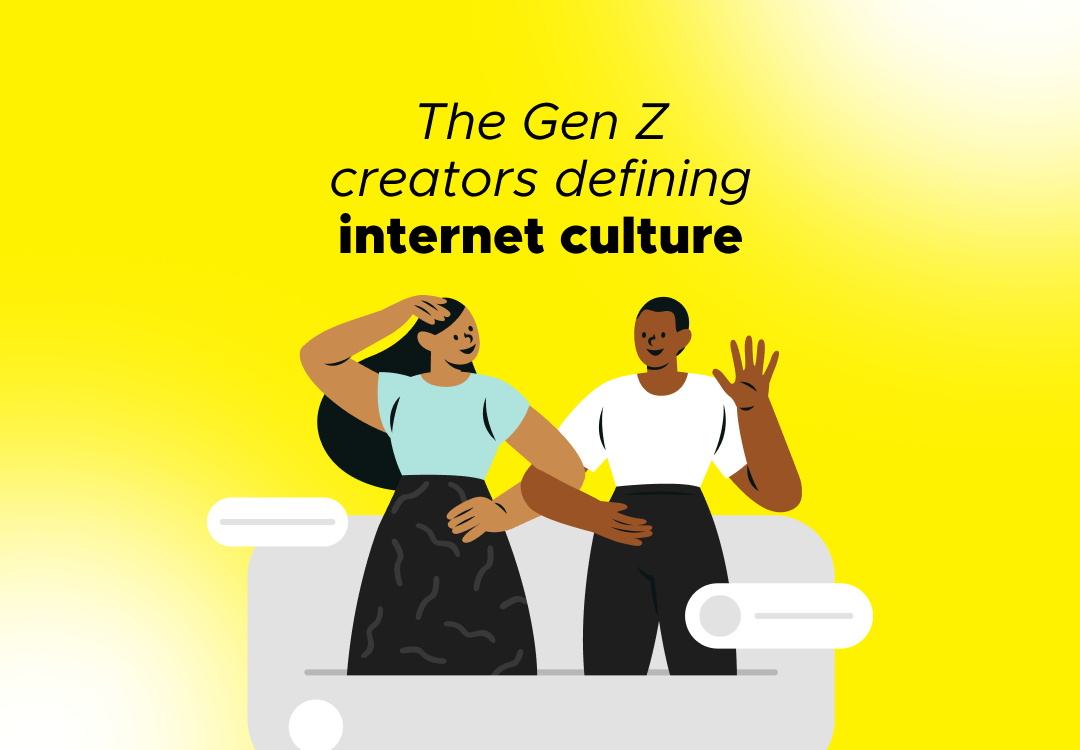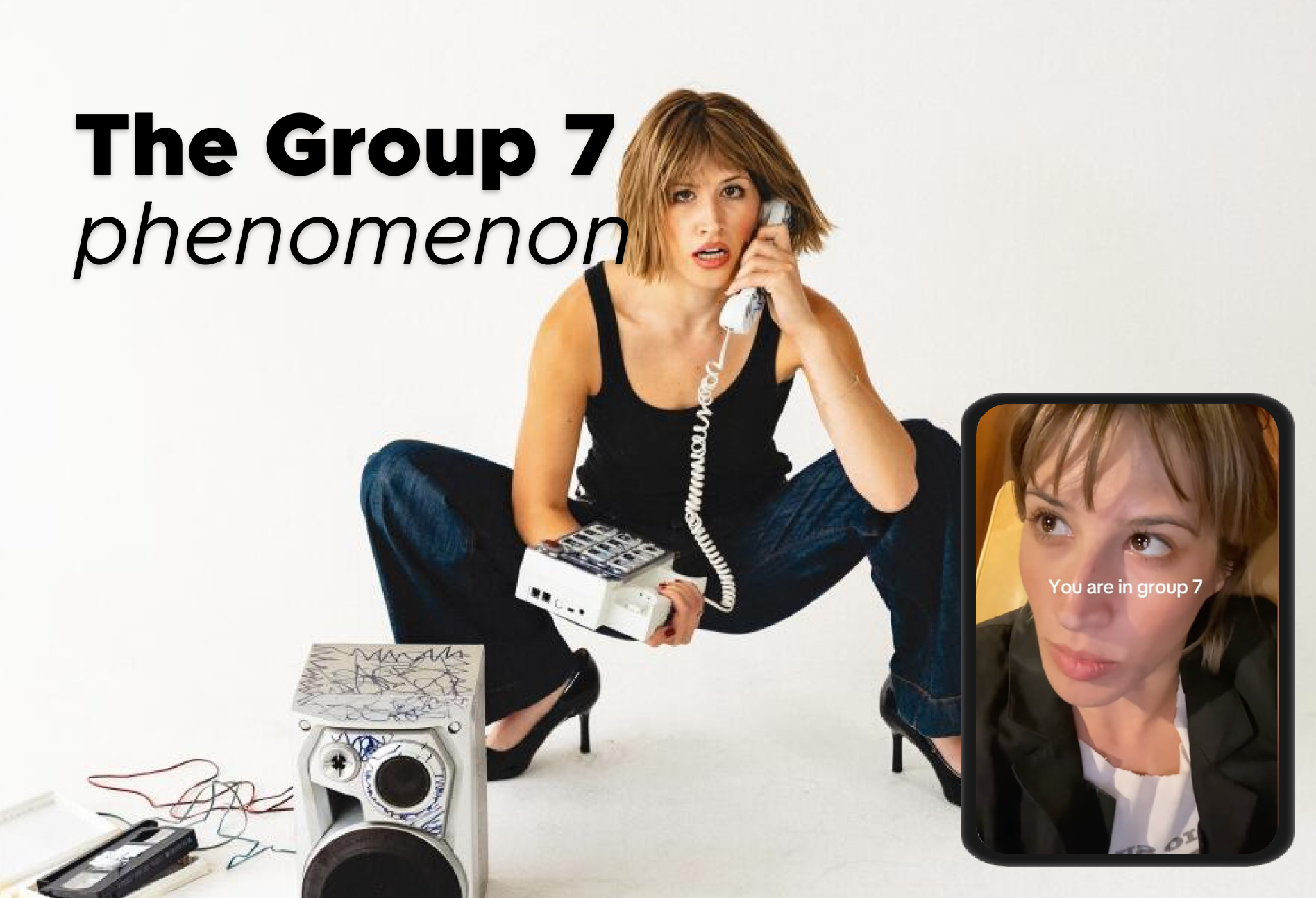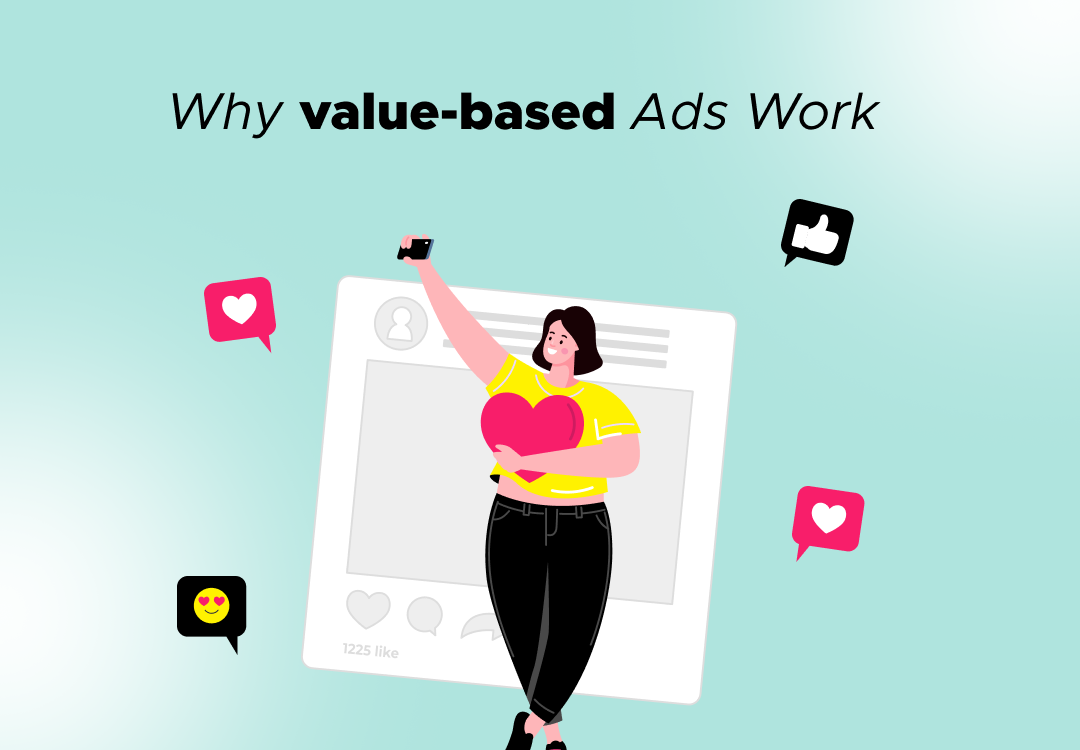Labubu: The Viral Plush That Shows Social Media Still Drives Trends
In 2025, Labubu isn’t just a character. It’s a cultural phenomenon that lives at the intersection of TikTok hype, Gen Z identity, and Gen Alpha aesthetics. And while it might seem niche at first glance, Labubu is a presentation of today’s influence, drop culture, and fandom monetization.
June 6, 2025

Just when marketers thought they had seen every form of toy-fueled trend – Sonny Angels, Squishmallows, Jellycats – along comes Labubu. It’s not just another plush toy. It’s a meme, a collectible, a fashion accessory, a personality marker, and most importantly, a social media phenomenon.
From Storybook Sketch to Street Style Symbol
Labubu’s origins are surprisingly humble. Artist Kasing Lung first introduced the character in 2015 as part of his illustrated book Monsters. It wasn’t until 2019 that Labubu got a physical form, when Lung partnered with Chinese toy powerhouse Pop Mart to produce it as a collectible figurine.
But the true explosion came in October 2023, with the release of the pastel-toned “Exciting Macaron” keyring series – a limited blind-box drop that hit social media with a bang. In a matter of weeks, Labubu was everywhere: unboxed on FYPs, dangling from Miu Miu totes, recreated in nail art, and featured on moodboards.
Labubu is a Fashion Statement
If Pop Mart designed Labubu to be collectible, TikTok made it culturally inevitable. The #Labubu tag has racked up hundreds of millions of views. Videos showing unboxing rituals, “rare finds,” or custom plush displays drive mass engagement – because this is about more than toys. It’s about status signaling in a social-first way.
Creators aren’t just showing off merch – they’re building aesthetics. Blackpink’s Lisa posts a Labubu plush casually next to a $12,000 Hermès bag, and suddenly Labubu is luxury-adjacent. It’s not about value. It’s about vibe.
And this is what matters for marketers: Labubu didn’t go viral because it was pushed. It went viral because it is performable through an “I want it, I got it” effect.
Sonny Angel Walked So Labubu Could Run
Labubu is often compared to Sonny Angels, whose 2024 resurgence sparked its own wave of cute-core content. But while Sonny Angels leaned soft and nostalgic, Labubu is chaotic-cute. It’s emo-coded, a little creepy, and way more expressive.
It fits the Gen Z vibe: unexpected, ironic, a little unhinged – but all about authenticity.
It also signals a clear crossover between Gen Z and Gen Alpha taste. What once felt “too childish” is now aesthetic gold. This is the same Gen Z that proudly posts My Melody shrine walls and drinks matcha out of cartoon tumblers.
From Collector Craze to Billion-Dollar Case Study
The hype is translating directly to business. Pop Mart’s 2024 revenue doubled to $1.81 billion, with Labubu plush sales jumping 1200%. Blind-box scarcity tactics creating FOMO – paired with viral moments – are driving sell-outs, resale spikes, and intense offline drops that mirror sneaker culture. Some variants go for over $1,000.
🛍️The product is the content.
🤳🏽The content is the campaign.
🫂The campaign is community-led.
And that’s where the real shift is: Labubu isn’t just being sold. It’s being experienced, shared, and memed into the culture.
Not Without Backlash: When Hype Becomes Excess
As with any fandom-powered trend, things have escalated fast. Labubu plushies are now being insured by collectors. Theft cases have been reported at airports. Pop Mart even had to pause in-store sales in some regions due to drop-day chaos.
There’s also a growing wave of criticism – from Reddit threads to sustainability watchdogs – over hyperconsumerism and blind box waste.
But for better or worse, this is how the modern hype machine works:
Platform buzz ➡️ fandom content ➡️ cultural capital ➡️ commerce ➡️ rinse and repeat.
What Brands Should Learn From the Labubu Hype
The Labubu phenomenon proves that TikTok continues to be the most powerful engine of product discovery. It shows that Gen Z and Gen Alpha respond emotionally to products that are collectible, stylized, and socially performative. And it highlights that influencer marketing is no longer about pushing – it’s about placement, mood, and emotional meaning.
For brands: if your product can’t live through socials, it might not live at all.
Labubu is a plush toy – but it’s also a phenomenon beyond social media. It encapsulates everything happening at the intersection of youth culture, social media, and digital commerce. And it’s a reminder that in 2025, gaining attention is the real deal.
Because the next big thing? It might look just as strange, but if TikTok gets hold of it, and the right creator posts it at the right time, it might just be the next Labubu.
Latest News ☕

Gen Z’s rising creators: Who’s actually moving internet culture in 2026
October 30, 2025
The creators defining 2026 aren't chasing viral fame or million-follower counts. They're b...

Group 7: The viral TikTok trend rewriting creator marketing rules
October 28, 2025
What happens when a musician transparently tests TikTok's algorithm and accidentally creat...

The power of value-driven advertising and why it converts
October 25, 2025
Discover how value-driven advertising drives 79% higher conversions by aligning with demog...


